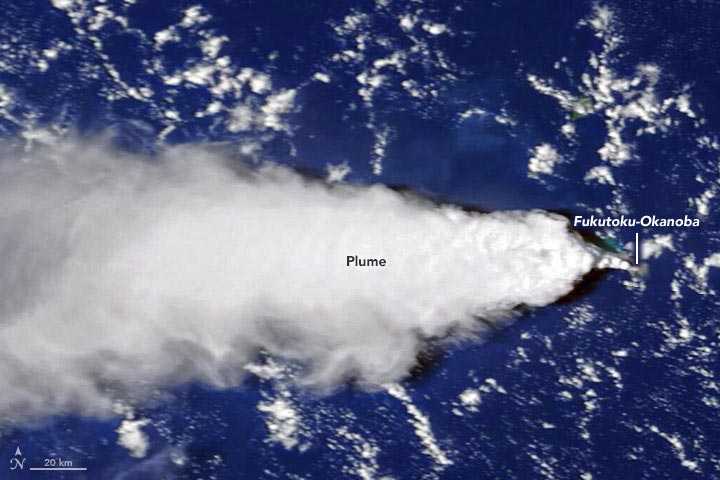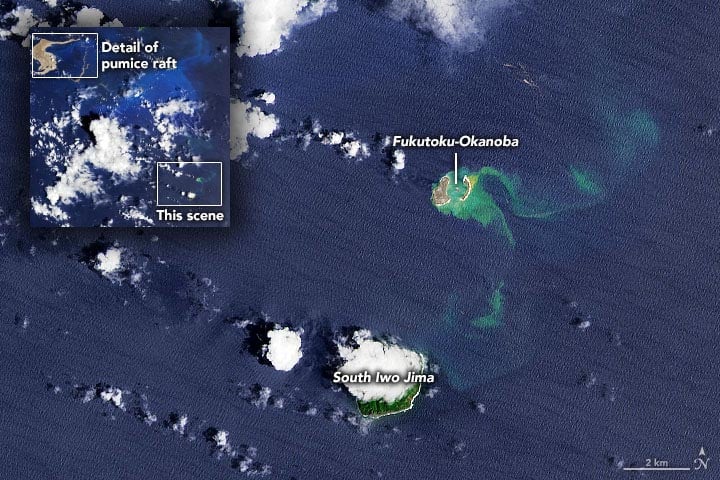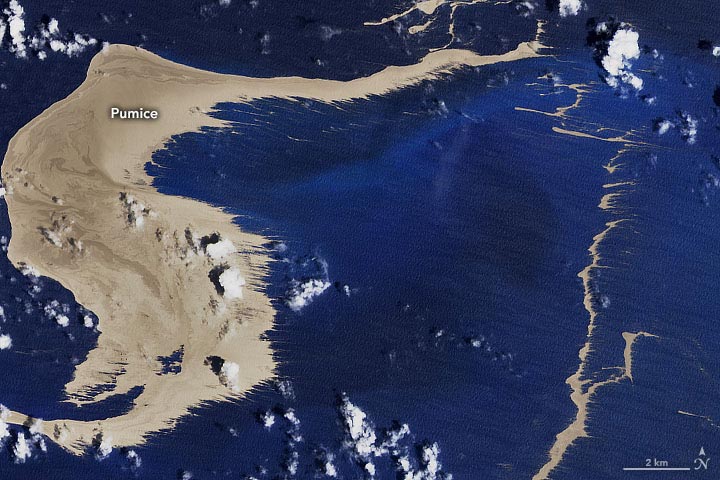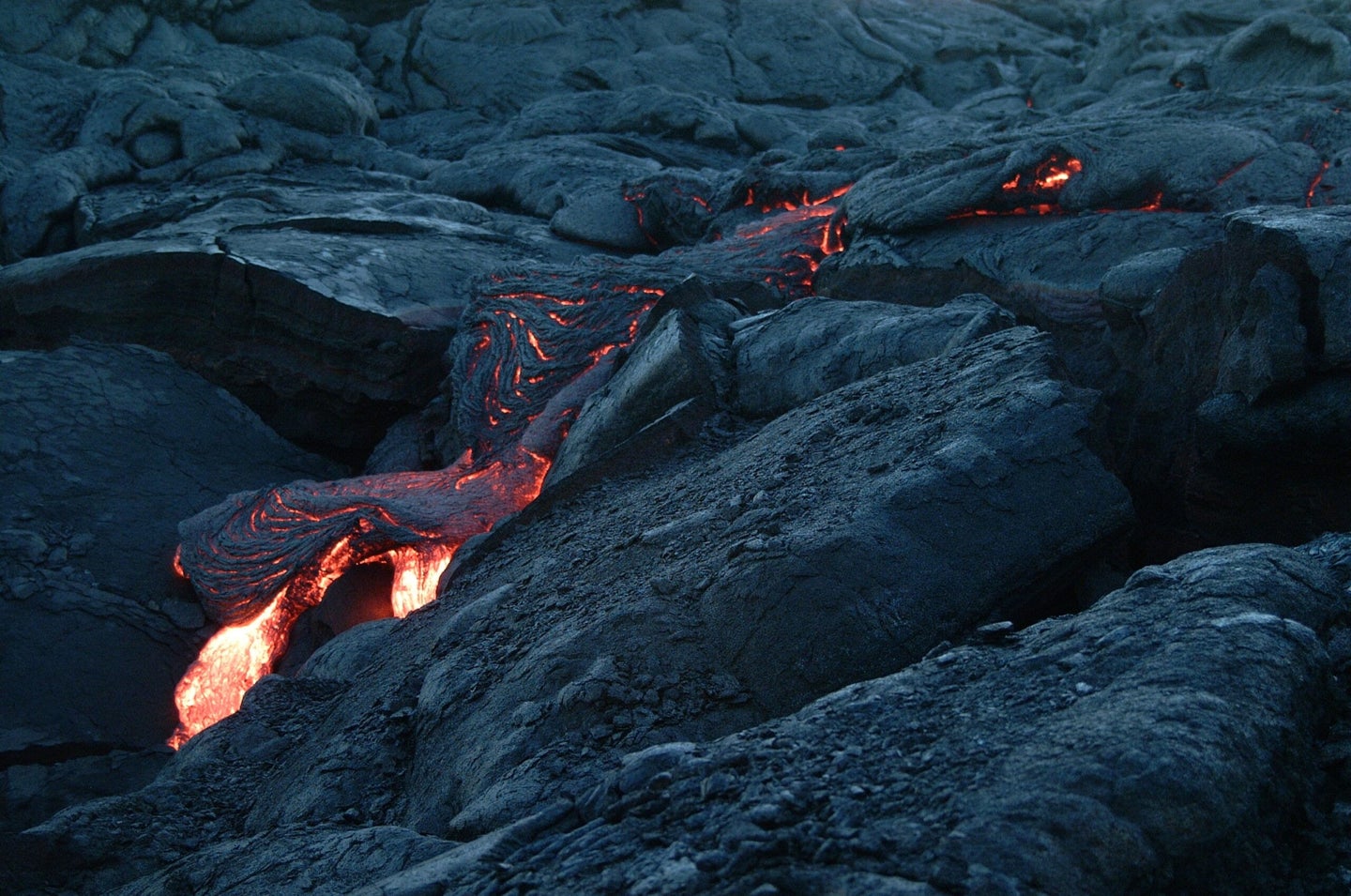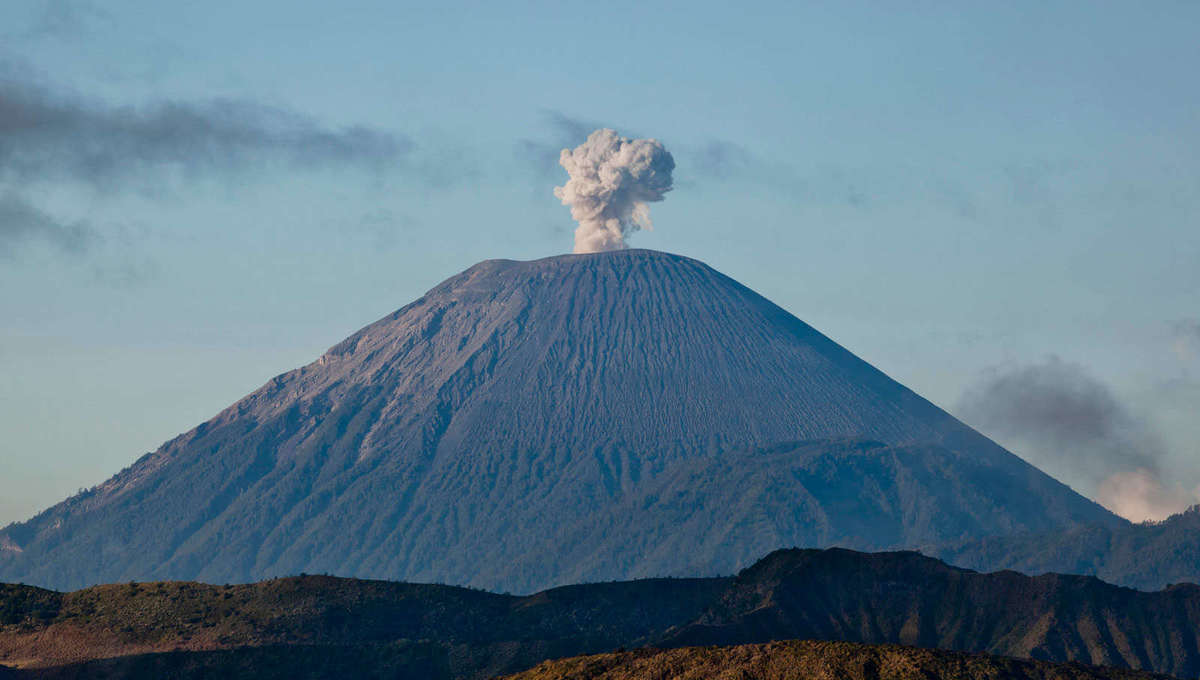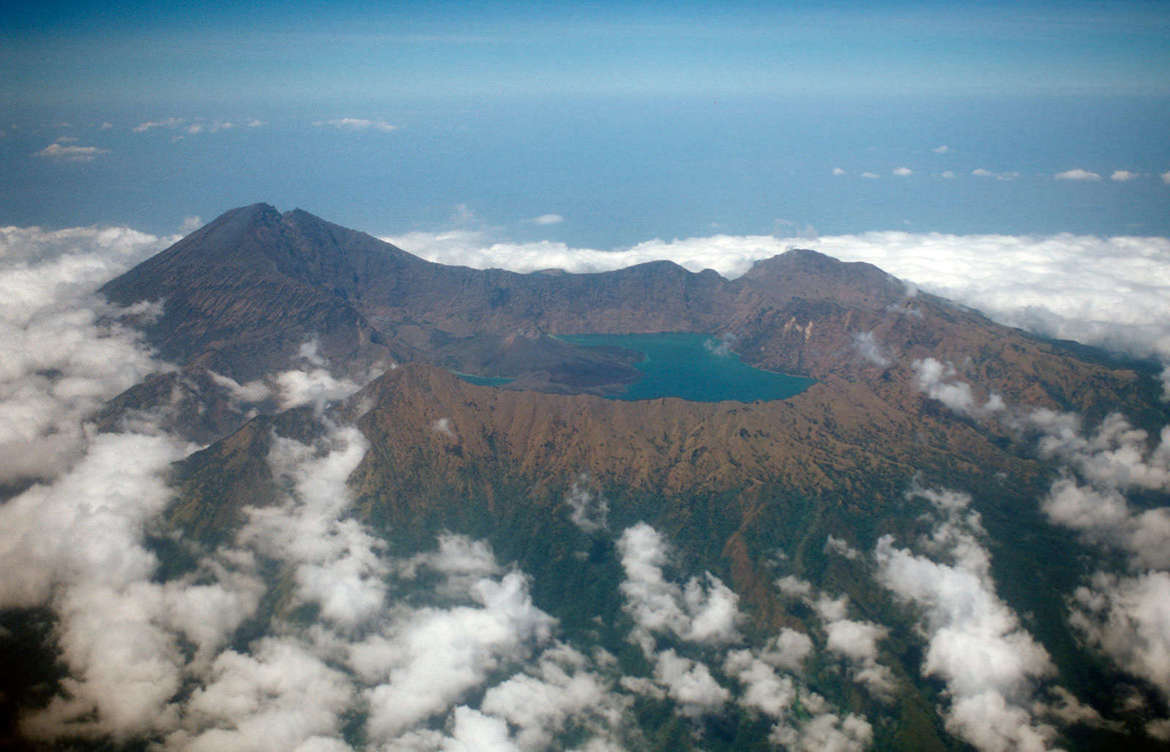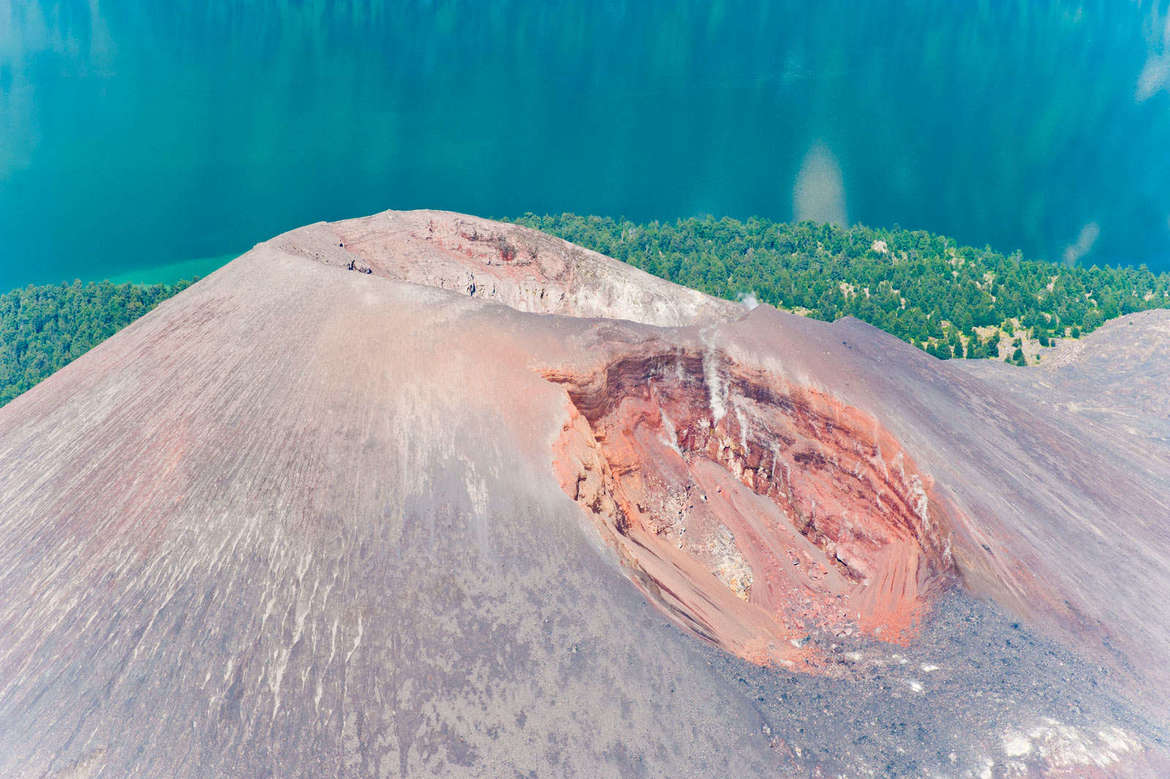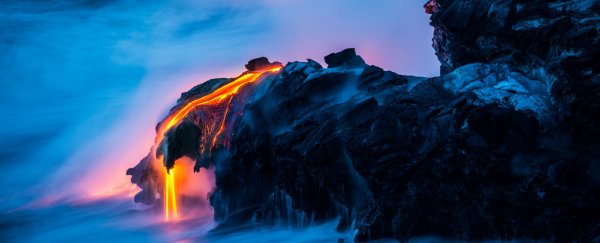Stephen Hunt
Friday, August 27, 2021

UCP Caucus Chair Nathan Neudorf spoke on a Lethbridge-based newscast Friday about the province's expectation that the COVID-19 count will follow the pattern of the fourth wave in the UK and decline quickly.
CALGARY -- Alberta NDP health critic David Shepherd ripped UCP caucus chair Nathan Neudorf (Lethbridge-East) Friday evening, after Neudorf appeared on a Lethbridge-based newscast to discuss the province's approach to the recent spike in COVID-19 cases during the fourth wave.
Neudorf explained that the province was basing its actions on the pattern the Delta variant took in the United Kingdom, where the fourth wave struck before it got to Alberta.
"In the UK, we also saw a rapid rise of case numbers," Neudorf said. "But then of equally rapid decline as it finished going through the unvaccinated population, it didn't have anywhere to go."
"I'm very hopeful that we will see the same kind of trend (in Alberta)," he said. "Maybe a bit of an accelerated case (count), but then a very quick decline as well, allowing us to safely keep businesses open, so we don't have to add further restrictions."
Then, addressing the upcoming return to school, he added, "We will keep what we've got in place right now, allow the opening of school to see what happens there, but will continue to watch those numbers and monitor safely – but we want to keep the economy going as best we can as well."
SHEPHERD RESPONDS
Shepherd, who has been calling on the province to release its COVID-19 modelling, was critical of that approach.
“Albertans deserve a government that is focused on protecting their health, their families and their communities from the threat of COVID-19," Shepherd said, in a release issued Friday evening. "While we have not heard a word from the premier or health minister, the UCP caucus chair says the plan is clear: let ‘er rip."

"This government will let the Delta variant sweep through our unvaccinated population, causing more serious illness and death. No thought for the impacts on families who will suffer, on health care workers who are still trying to recover from the last wave, on businesses trying to get back on their feet or students returning to school in just a few days."
The health critic said he was in “disbelief” and that the UCP need to explain the recent surge in cases to Albertans while offering a plan to move ahead safely.
"The UCP has abandoned Albertans to the fourth wave," he said. “I demand (Alberta health minister) Tyler Shandro stand up and explain: is this really the plan? Because if not, Albertans deserve to know what it is.”
Shandro has not spoken in public since the end of July. Alberta Premier Jason Kenney has not appeared in public since Aug. 9.
Alberta Health Services announced 1,168 new cases Friday, the third consecutive day of more than 1,000 cases reported.
Premier Jason Kenney and Dr. Deena Hinshaw haven't spoken publicly in weeks
Sarah Moore · CBC News · Posted: Aug 27, 2021

Alberta's leaders are coming under increasing fire from the public and politicians for not speaking publicly as COVID-19 case counts soar in late August.
On this day last year, the province recorded 157 new cases of COVID-19. Both Alberta Premier Jason Kenney and Chief Medical Officer of Health Dr. Deena Hinshaw appeared in regularly scheduled updates several times that week, providing guidance to Albertans.
Today, 1,168 new cases of COVID-19 were recorded — a nationwide high. It's almost 400 more cases than Ontario reported today, a province with three times more people than Alberta.
It's the third day in a row that the count in Alberta has surpassed 1,000. Hospitalizations are also spiking. And the premier and chief medical officer have been silent for weeks.
The last time Kenney addressed Albertans was on Aug. 9 at a press conference to announce the expansion of an Edmonton brewery that promised to create 25 jobs.
Where has the premier been since?
His office said in a statement on Thursday that Kenney is on vacation for two weeks, but he is "still able to fully communicate with his cabinet and senior officials as required" and has "participated in numerous briefings on important subjects — including on COVID-19."
The statement did not say where Kenney is, only that he will be back at work next week — an absence that some politicians are criticizing.
"The alarm bells are ringing, yet the lights are off in the premier's office," said NDP health critic David Shepherd in a statement on Monday.
Some on social media have their own sarcastic theories on where the premier has disappeared to: he's on an all-expenses-paid tour of the Jameson's distillery in County Cork for doubling sales in Alberta; he flew to New Zealand to study their pandemic response first hand; he's on a space vacation with Elon Musk.
Hinshaw, meanwhile, hasn't spoken publicly since Aug. 13, when she delayed the province's plans to lift testing, tracing and isolation measures until at least Sept. 27.
In B.C. and Manitoba, broad mask mandates and restrictions are once again being implemented. But Alberta remains "open for summer" — with little guidance from the province's leaders.
Businesses and school boards have been left to their own devices, as have municipalities that are grappling with whether to reinstate mask mandates.
The lack of leadership from the province is worrying, said some experts.
"We need to have some leadership around the big policy options … vaccine cards, mandates and masks," said Timothy Caulfield, a Canada research chair in health, law and policy at the University of Alberta. "Also, we need to figure out as a community how we can get more people vaccinated."
Vaccination rates in Alberta have slowed to a crawl.
Without action, Alberta could be headed down a dangerous path. Modelling from the B.C. COVID-19 Modelling Group puts the doubling rate of cases and hospitalization numbers in Alberta at 8½ days.
Still no timeline for Alberta Health to release data used in COVID-19 decision making
DATAHere are the latest COVID-19 statistics for Alberta — and what they mean
That growth rate is concerning with the dominance of the delta variant among positive cases, said Ali Mokdad, a professor at the Institute for Health Metrics and Evaluation at the University of Washington.
"Delta is a game changer, more infectious and of course when you put down your guard and you allow this virus to circulate, it is waiting for all of us, unfortunately," said Mokdad.
With files from Erin Collins and Elissa Carpenter.
Timm Bruch
Friday, August 27, 2021
CALGARY -- As more and more Canadian companies and municipalities announce stringent vaccination policies, one Alberta MLA appears to be asking the province to go in the opposite direction.
A letter obtained by CTV News recommends the UCP government ban employers from enacting mandatory immunization in their own businesses.
The letter has an email signature from Airdrie-East MLA Angela Pitt.
It asks the party put forth "legislation that prohibits discrimination based on private, personal health records," citing the potential "segregation of our society."
The letter refers to "deeply divisive" decisions to implement vaccination requirements for staff members in the Town of Banff and at Calgary Flames hockey games.
CTV News has attempted to verify the legitimacy of the letter through multiple phone calls, emails and visits to Pitt's Airdrie office.
The UCP caucus was also contacted to either confirm or deny that the letter was sent by Pitt.
A staffer at Pitt's office was repeatedly asked the same question.
Neither party would comment.
"It is troubling that we continue to have members of the government caucus that are going against the science and against the public health recommendations," said NDP MLA David Shepherd.
"I certainly support folks that are looking to create a safe workplace for their employees, and we know that vaccination is the safest and most effective way."
The letter comes the same week as a lengthy Twitter thread from Health Minister Tyler Shandro, which reminded constituents that the "government has not and will not mandate a so-called ‘vaccine passport’ for domestic use."
The Alberta Government website says those private vaccine decisions made by businesses and municipalities "may be subject to legal challenges by individual Albertans."
Pitt previously made headlines for speaking out against her government's pandemic health restrictions.
In April, she urged Albertans to do their own research before receiving the vaccine. Pitt later said she would get vaccinated.
Vaccine Mandates Reach Oil Industry
U.S. oil and gas supermajor Chevron has started to require thousands of its employees to get COVID-19 vaccinations. Chevron is also considering whether it will make vaccines mandatory for its broader workforce, The Wall Street Journal reported on Monday, citing people with knowledge of the plans.
Employees who travel internationally, employees on U.S.-flagged ships, and expatriate employees are now required to receive vaccinations, Chevron’s spokesman Braden Reddall told the Journal.
In addition, Chevron will also require offshore workers in the U.S. Gulf of Mexico, as well as some support staff onshore, to have vaccinations by November 1, Reddall said.
“Chevron is committed to protecting the health of our people, and vaccinations are the strongest safeguard against this virus,” the company’s spokesman told the Journal.
Chevron is also evaluating whether vaccine mandates can be implemented throughout all business units, depending on the availability of vaccines in the countries where the company operates and the risk of infections at the various business units, according to the Journal’s sources.
Chevron, which has around 47,000 employees, saw the latest wave of COVID-19 infections delay its plans to return employees to offices in California and Texas.
Chevron is one of the first companies in the oil and gas industry to require vaccinations as the sector has been grappling with work and rotation delays on offshore platforms due to COVID outbreaks since the start of the pandemic.
But Chevron is not the only one. Hess Corporation and Valero Energy also have some vaccination requirements: Hess for offshore workers in the Gulf of Mexico to be vaccinated by November 1 and Valero for new hires, according to the Journal.
Refiner Phillips 66 does not require vaccinations, although it strongly encourages employees to get a vaccine, CEO Greg Garland told the WSJ.
In the UK, the offshore industry body OGUK said in June that it encourages all members of the workforce to take the vaccine when offered.
By Charles Kennedy for Oilprice.com
Publishing date: Aug 26, 2021 •

Alberta will not follow the lead of other Canadian provinces by introducing a vaccine passport, Health Minister Tyler Shandro said Thursday.
In a Twitter thread, Shandro said Alberta will not budge on its opposition to policies that would require Albertans to provide proof of immunization against COVID-19 to access government or private services.
“To be clear, the Alberta government has not and will not mandate a so-called ‘vaccine passport’ for domestic use,” Shandro said.
Though Alberta continues to resist a vaccine mandate, the province is advising people they may access their proof of vaccination records online if required for other reasons, such as international travel.
The records are accessible through MyHealth Records
Shandro said Albertans will also soon be able to print a smaller paper proof-of-vaccination card. He said more than 800,000 Albertans currently have accounts with MyHealth Records, with registrations surging, including 2,000 logged Wednesday. Immunization records provided by pharmacies, doctors or AHS at the time Albertans got their shot can also be used as proof.
Several Canadian provinces have announced they will require proof of immunization to access a range of non-essential services such as dining out or going to the gym, with British Columbia most recently unveiling its vaccine cards earlier this week.
Within Alberta, numerous private businesses have announced similar mandates, including the Calgary Sports and Entertainment Corp., which will require all fans and staff at Flames, Hitmen and Stampeders games to be fully immunized. Even municipalities, including the Town of Banff, have introduced mandatory vaccine policies for employees.
The United Conservative government has remained steadfast in its opposition to such policies, however, with the province even moving this spring to repeal legislation that gives the government power to make vaccines mandatory.
In a frequently-asked-questions page about proof of immunization posted Wednesday, the province said vaccine mandates imposed by private businesses or municipalities are not the government’s decision — and these policies “may be subject to legal challenges by individual Albertans.”
In other Canadian jurisdictions that have imposed vaccine mandates, data shows the policies have helped bolster immunization rates, according to Dr. Craig Jenne with the University of Calgary. In B.C., for example, vaccine registrations shot up more than 200 per cent the day after the passport was announced.
“Providing not only the requirement for vaccines for some elective activities in the community — not essential services — and then providing a government-supported proof of vaccine did in fact increase vaccine rates,” said Jenne, an infectious disease expert. He added any vaccine mandate must consider those who are medically unable to get the shot.
Alberta currently has the lowest immunization rates among all provinces for both first and second doses. In total, 66 per cent of Albertans have had at least one shot, and 58.8 per cent are fully immunized. For those age 12 and over who are eligible for the shot, 77.6 per cent are at least partially immunized, and 69.2 per cent have received both necessary doses.
The surging fourth wave of COVID-19 cases in Alberta indicates current vaccine coverage is insufficient to combat the extra-contagious Delta variant, Jenne said.
“Clearly, there’s not enough protection in the community to stop the spread of the virus,” he said. “There is much room for improvement, and we need to explore all options that will get that vaccine rate up to generate some level of community protection.”
A recent Angus Reid poll found a majority of Canadians support vaccine passports, with two-thirds agreeing immunization should be mandatory for large public events. That support was lowest in Alberta, but 52 per cent of Albertans polled were still in favour of a mandate.
jherring@postmedia.com
Twitter: @jasonfherring
Chris Epp
Friday, August 27, 2021
Debate raging around vaccine passports

NOW PLAYING
Quebec, B.C. and maybe soon Ontario are adapting some version of a vaccine passport. Being a holdout may have economic consequences.
CALGARY -- Provinces that do not require proof of vaccination to access non-essential services may feel a financial pinch as a result, says one major Canadian bank.
Officials with Toronto-Dominion Bank told BNN Bloomberg that regions that don't require the passports could see a sharper increase in COVID-19 cases than those that do – and that could lead to slowdowns in the business sector and a possible return to health restrictions and mandated closures.
"Provinces who are more proactive in putting in measures that increase confidence in going to restaurants and concerts might do better than provinces who aren’t putting these measures in," said Beata Caranci, the bank's chief economist, during a phone interview this week.
The idea of a return to pandemic-related business closures doesn't sit well with a number of small businesses in Calgary.
Lariah Kirby manages Higher Ground cafe in northwest Calgary.
She says her business is finally picking up after grinding to a halt during the early days of the pandemic.
When it comes to the idea of passports in Alberta, Kirby says she'll leave the rules and regulations to politicians.
But she is sure of one thing – she doesn't want to be forced to shut down again.
"It was a bit rough there for a while," she said. "There was lots of anxiety for a few of my co-workers – what's going to happen, will they still have jobs."

So far, the Alberta government has been against vaccine passports for residents, but it does say it will be taking steps to make it easier for Albertans to prove they've had two doses of vaccine.
On Thursday, officials revealed it would create a "conveniently-sized paper card" that possess an individual's COVID-19 immunization record.
Those cards will be available for download by mid-September but provincial officials are adamant that they are not 'passports.'
"We understand how important it is for Albertans to have appropriate access to their immunization records right now," said Chris Bourdeau, spokesperson for Alberta Health, in an email to CTV News.
He encouraged Albertans to review the policies of businesses when it comes to vaccination proof prior to visiting them, but adds the cards will help smooth things over if necessary.
"It is recommended that Albertans use the paper immunizations record they received at the time of their immunization as a back-up."
ONTARIO FALLS IN LINE
So far, only two provinces have revealed their commitment to a vaccine passport.
Quebec will implement a system starting Sept. 1 while British Columbia will require patrons of certain social and recreational activities to show proof of vaccination starting Sept. 13.
According to the latest news from Ontario, the Ford government will release details of a vaccine passport system sometime next week.
The introduction of a vaccine certificate system would mark a significant reversal for Ford, who previously rejected the idea, saying he doesn't want to create a "split society."
(With files from BNN Bloomberg, CTV Edmonton and CTV Toronto)
RELATED IMAGES

A type of vaccine passport using a QR code is seen in this file image. (Shutterstock)
Evidence used to justify changes in pandemic response coming 'in the near future'
Wallis Snowdon · CBC News · Posted: Aug 27, 2021

There is still no timeline for when public health data used to justify changes in Alberta's COVID-19 regulations will be made public, a week after the province's chief medical officer of health again apologized for failing to release the information.
No date has been set for the release of data that Dr. Deena Hinshaw promised to deliver, a spokesperson for Alberta Health said in a statement to CBC News.
'Committed to transparency'
"Dr. Hinshaw has committed to releasing modelling data, and this will be completed in the near future," Alberta Health spokesperson Lisa Glover said in the statement Thursday.
"We are committed to transparency and have provided Albertans as much data and information as possible throughout COVID-19."
Alberta Health did not answer questions about what had caused the continued delay but said Hinshaw's team continues to work to provide "more information."
Hinshaw apologizes for delay in release of COVID-19 data used in decision making
Health-care workers and critics of Alberta's pandemic response have been asking that the information be made public since the province announced it would claw back public health restrictions about a month ago.
Since then, cases have surged. Alberta is leading the country in daily new cases while active cases and hospitalization rates continue to grow.
Delay undermines public confidence: doctor
The delay is unacceptable, said Dr. Shazma Mithani, an emergency room physician who works at Edmonton's Royal Alexandra Hospital and the Stollery Children's Hospital.
The lack of transparency undermines public confidence in Alberta's pandemic response, Mithani said Friday.
"If the data was enough for Hinshaw to take some pretty extraordinary measures … I would expect that data would be pretty compelling," she said. "It certainly makes me wonder what the strength of the evidence was."
Alberta reports 1,112 new cases of COVID-19 as hospitalizations top 300
THE LATESTEverything you need to know about COVID-19 in Alberta on Friday, Aug. 27
Hinshaw was due to release the figures last Thursday during a forum with frontline health-care workers. She said her team needed more time to "finish synthesizing" the evidence.
"I'm sorry that it's not available," she said during the online session where she faced criticism from her peers for a lack of transparency.
"Unfortunately, this is not something I can do by myself, and it's also something we can't release without moving through all of the processes that are necessary in government."
Hinshaw said she had no interest in releasing the data "in piecemeal." She said the information would be released in a "narrative" style report that would make the data easily understood.
WATCH | Alberta doctor on gaps in province's COVID-19 measures:
Alberta doctor disappointed province not reimposing mask mandate
7:05Alberta Medical Association's Dr. Michelle Bailey tells, Power & Politics, the delta variant and the lack of more pandemic measures contributed to an increase in cases in the province. 7:05
Province stalled plan to lift some measures
On Aug. 13, as infection rates began to surge, the province stalled plans to lift a slate of public health measures that had been set to expire Aug. 16 — including mandatory isolation, public testing and mandatory masking on transit.
While some of the protocol changes were delayed by six weeks, many pandemic restrictions had already been dropped. Quarantine for close contacts is no longer mandatory, but recommended. Contact tracers no longer notify close contacts. Asymptomatic testing is no longer recommended.
Mithani says the province has been tepid in its response to the fourth wave driven by the delta variant — a situation she believes has been made worse by the recent change in COVID-19 protocols.
"There's essentially radio silence," she said. "People were concerned that delta was on the rise, and that ICUs and hospitalizations were on the rise, and that's what happened."
Alberta, Saskatchewan not planning to follow B.C. and Manitoba on broad mask mandates
Alberta announced its highest new case number in months Thursday as 1,112 new cases were reported.
There were 308 people in hospital for COVID-19 as of Thursday, including 64 in intensive care. There are now 9,066 active cases in the province. Four more deaths were reported Thursday.
This is not the first time Alberta has failed to release data related to the pandemic that it had promised to make public.
On Jan. 20, Hinshaw indicated that sector-specific transmission data would be released to the public. Alberta Health did not respond to questions about their failure to release this modelling as promised.
Author of the article:Ashley Joannou
Publishing date:Aug 25, 2021 •

The author of a new report on COVID-19 spending is raising concerns about budget transparency after the Alberta government more than doubled its unallocated COVID-19-related funds in the 2021 budget, giving the province the most money in the country not earmarked for specific plans.
According to the report from the Canadian Centre for Policy Alternatives (CCPA) released late Wednesday, the province substantially increased its unallocated COVID-19 funds for the 2021-22 fiscal year, from the $750 million it had expected to use to almost $1.8 billion after the 2021 budget was released.
While that isn’t the largest amount per capita — that title belongs to Manitoba — it’s now the largest in absolute terms, the report says.
Overall, unallocated money makes up more of the budget than the $1.1 billon in COVID-19 related spending that is budgeted for specific projects.
The unallocated money includes a $1.25 billion contingency fund on top of a separate “recovery plan” contingency fund worth $500 million. Another $18 million in the Department of Jobs, Economy and Innovation hasn’t yet been designated to a particular program.
The report’s author, CCPA senior economist David Macdonald, said while all provinces have unallocated money, large unallocated funds make it difficult to examine what the money will be spent on until after it has been spent or announced through individual press releases, making it harder to scrutinize government spending.
“In other provinces, and at the federal level, there has been an attempt to estimate what programs they want to implement in the next year and how much those programs would cost,” he said.
“Now, that’s not to say that those estimates might not change over time … but to have really substantial funds, like the one that’s in play in Alberta, I think speaks to budget transparency.”
Macdonald said unallocated money could disappear off the budget sheet if it is not spent, and result in a lower deficit.
“The other possibility is that you incorporate these unallocated funds in your public relations as to how much you’ve spent upfront, and then at the end of the year, they remain unspent, and the deficit goes down,” he explained.
“And so you can have it both ways, you can have both the appearance of higher commitments to resolving the impacts of COVID-19 and a smaller deficit. I’m not sure if that’s what’s going to happen in the case of Alberta, but it’s certainly one of the possibilities.”
Vast majority of allocated COVID-19 money coming from Ottawa
Of the money Alberta has earmarked for specific projects, the vast majority of the cash is coming from the federal government.
At $12,350 a person, Alberta had the highest level of allocated COVID-19 support of any province. About 92 per cent of that money is coming from Ottawa and only eight per cent from the province, the report says.
Commitments to Alberta businesses are, on a per capita basis, the largest of any province, Macdonald said.
The largest provincially initiated business support programs were the relaunch grants for small- and medium-sized businesses, worth $575 million, and investments in carbon capture, utilization and storage, worth $323 million, the report says.
Individual supports including the CERB, providing $8.8 billion, the CRB, worth $3.5 billion, and EI enhancements, providing $1.3 billion, is almost all federal money, as is most health-related spending.
“Although Alberta, as well as several of the western provinces, are quick to complain about the federal government not providing them the support they are due, in this case Alberta received by far the most federal support of any province,” he said.
Ontario placed second to Alberta with the equivalent of $11,470 per person in allocated money to combat COVID-19.
Macdonald said he is concerned that provinces will say that COVID-19 expenses have meant large expenditures and cutbacks are necessary to balance the books.
“And so my hope is that many provinces like Alberta would be careful about claims that COVID-19 programs meant that they have to cut back in the future when most of that money was federal money,” he said.
In a statement Friday, Jerrica Goodwin, acting spokeswoman for the Alberta Ministry of Treasury Board and Finance, called contingency funds “a prudent budgetary measure to deal with rapidly changing and unknown circumstances as a result of COVID-19.”
“Albertans have a full understanding of where the money is going, both at the time contingency allocations are made through public announcements and when quarterly updates are produced,” she said.
The first quarter update is expected to be announced Aug. 31.













